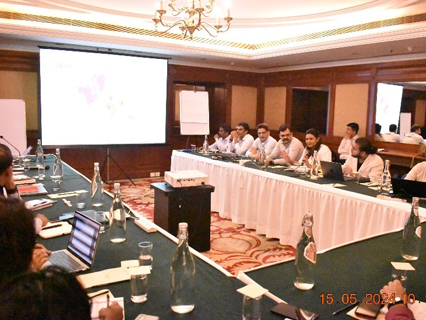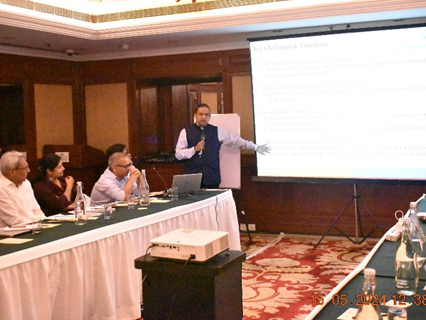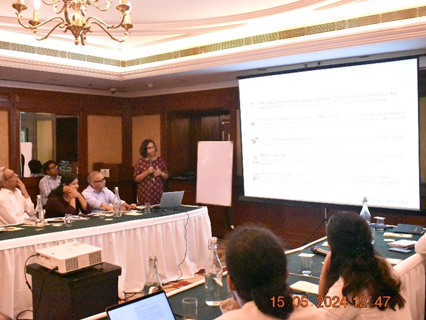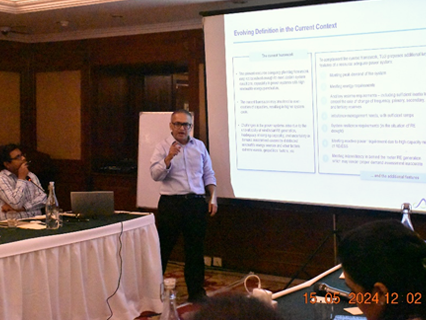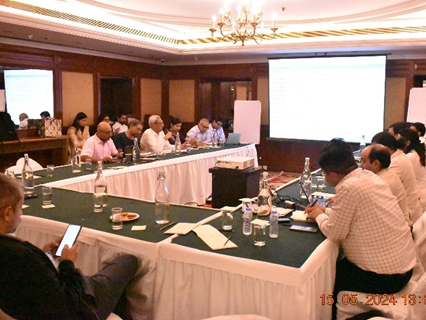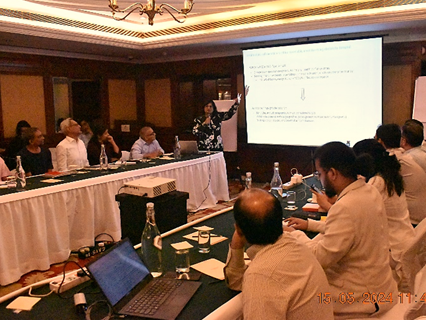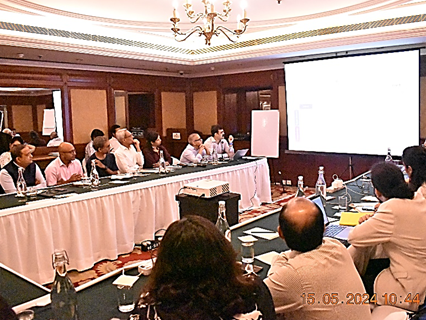
On May 15, 2024, Shakti Sustainable Energy Foundation participated in an ‘Expert Consultation on Resource Adequacy Framework in India’ in New Delhi. The event served as a critical platform to gather insights from a diverse group of experts dedicated to developing a robust resource adequacy framework in India. The discussions aimed at evaluating the current state of resource adequacy, identifying challenges and opportunities, and exploring future strategies and market reforms.
Context and Importance of Resource Adequacy
India’s power sector is undergoing rapid expansion of renewable energy sources. The country has set an ambitious target of achieving 500 GW of clean power by 2030. While the growth of renewables is commendable, their intermittent nature poses significant challenges for capacity planning and maintaining grid stability. To address these challenges, the Ministry of Power (MoP) and the Central Electricity Authority (CEA) issued resource adequacy planning guidelines in June 2023. These guidelines mandate states and Union Territories (UTs) to prepare comprehensive 10-year resource adequacy plans. Further, in February 2024, MoP reinforced the need for strict adherence to these guidelines across all states and UTs, highlighting the importance of cohesive and forward-looking planning to support the growing demand and integration of renewable energy sources.
Considering these policy level developments underscoring the critical importance of resource adequacy in India, a collaborative dialogue among domain experts was essential. Accordingly, an expert consultation was convened to facilitate this exchange with following objectives:
Objectives of the Consultation
The key objectives of the consultation included:
- Assessing the current state of resource adequacy in the Indian power sector.
- Identifying challenges and opportunities associated with ensuring resource adequacy amidst evolving energy dynamics.
- Deliberating on futuristic strategies, regulatory mechanisms, and market reforms to enhance resource adequacy.
- Exploring best practices and lessons learned from international experiences in resource adequacy planning and implementation.
- Facilitating stakeholder dialogue and collaboration towards developing optimized solutions for ensuring grid reliability and resilience.
The consultation had 2 sessions. Session 1 was comprised of presentations from experts working in the resource adequacy domain. Session 2 was a brainstorming session to deliberate on key barriers & implementation strategies to support government’s initiatives on Resource Adequacy in India.
Session 1: Presentations on Resource Adequacy
The event commenced with a series of insightful presentations by leading experts in the field. Each presentation meticulously addressed different facets of resource adequacy, providing a comprehensive overview of the current state and future challenges. The presentations overviewed the following aspects:
- Resource Adequacy Handbook for India providing conceptual framework for Resource Adequacy
- Review of Resource Adequacy tools with a key focus on Indian electricity markets
- Challenges in implementing Resource Adequacy studies in India.
- Resource Adequacy experience in selected states of India
- Approaches to assess state level resource adequacy needs-A Case for Rajasthan
- Key learnings and insights from ongoing work in Resource Adequacy
- Building State Stakeholder capacity in Integrated Resource Planning /Resource Adequacy.
Session 2: Brainstorming Session
Following the presentations, the consultation transitioned into a dynamic brainstorming session. The session saw the experts deliberating in detail regarding key barriers & implementation strategies for ensuring resource adequacy in India. The recurring points of concern included the variability of renewable energy, the need for enhanced forecasting tools, and capacity building of institutions.
Conclusion
Amit Singh Parihar, Director, Clean Power gave closing remarks and a vote of thanks to all the participants. He emphasised on bringing in convergence and complementarity to overall approach on Resource Adequacy by different stakeholders to develop and implement effective resource adequacy strategies and underscored that Institutional capacity building remains a cornerstone of these efforts, ensuring that all stakeholders are equipped to meet future challenges in the power sector.


